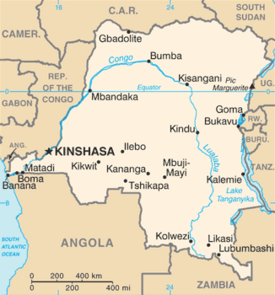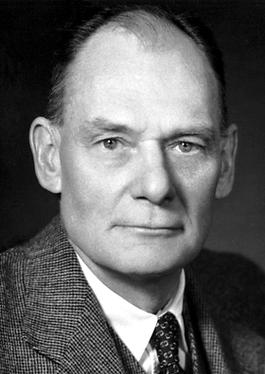Development of hypothesis
In 1987, Blaine Elswood contacted journalist Tom Curtis about a "bombshell story" on OPV and AIDS. Curtis published an article on the OPV AIDS hypothesis in Rolling Stone in 1992. [18] In response, Hilary Koprowski sued Rolling Stone and Tom Curtis for defamation. The magazine published a clarification which praised Koprowski and stated:
The editors of Rolling Stone wish to clarify that they never intended to suggest in the article that there is any scientific proof, nor do they know of any scientific proof, that Dr. Koprowski, an illustrious scientist, was in fact responsible for introducing AIDS to the human population or that he is the father of AIDS. [19]
Rolling Stone was ordered to pay US$1 in damages whilst incurring around US$500,000 in legal fees for its own defense. [20]
A few scientists, notably the evolutionary biologist W. D. Hamilton, thought the hypothesis required serious investigation, but they received little support from the scientific community. [21] For example, in 1996, Science refused to publish a letter Hamilton sent to it in which he replied to a 1992 Koprowski letter. [22] Hamilton kept his position and said in 1999, "This theory, rather sadly, has gone from strength to strength. It's not proven by any means, but it's looking very strong." [23] Hamilton was also supportive of journalist Edward Hooper who detailed the hypothesis in his 1999 book, The River. [22] Hamilton wrote the foreword for the book and did two expeditions to Congo between December 1999 and January 2000 to collect evidences on the OPV hypothesis. [24] None of the over 60 urine and faecal samples collected by Hamilton contained SIV. [21] Still, Hamilton used his prestige within the Royal Society to promote a discussion meeting about the OPV hypothesis. [22] In this meeting, held six months after Hamilton's death, in September 2000, [24] Hooper further expanded on his allegations, although these claims were later rebutted by some of the scientists who were present at the meeting. [25] In 2001, Hilary Koprowski responded by making a detailed rebuttal of the points made in the book, also in a talk to the Royal Society. [26] In 2004, the Origin of Aids, a French TV documentary strongly supportive of the OPV hypothesis, appeared on several television stations around the world. [27] [28]

In 2003, Hooper published additional statements that he believed supported his hypothesis in an article in the London Review of Books . These included accounts of an interview with Jacques Kanyama, a virology technician at the lab in Stanleyville (the Laboratoire Médical de Stanleyville (LMS)) responsible for testing the CHAT vaccine and performing the initial set of vaccinations, who was reported to have said that batches of CHAT had been produced on site by Paul Osterrieth. In addition, Philip Elebe, a microbiology technician, was claimed to have said that tissue cultures were being produced from Lindi chimpanzees. Osterrieth has denied these claims and stated that this work would not have been possible in this laboratory, [29] [30] [17] stating that:
at no time did I ever attempt to make cell cultures from chimpanzee tissues. In addition, I wish to state categorically that no poliovaccine was ever produced or could have been produced in Stanleyville, since the facilities were totally inadequate for the production or control of poliovaccine. [17]
In his book, Hooper also stated that Gaston Ninane was involved in using chimpanzee cells to produce vaccine in Congo. Ninane responded to this allegation by stating that he could "categorically deny" ever having tried to make tissue cultures from chimpanzee cells. [9] The people involved in vaccine production and distribution from America state that no vaccine was prepared locally in Congo and that only the CHAT vaccine from America was used. Barbara Cohen, the technician who was responsible for running the American laboratory that produced this vaccine stated:
At no time did I ever receive or work on chimpanzee kidneys, nor to my knowledge cells derived from chimpanzees. I never made, nor do I know of anyone in the lab who made polio vaccine in chimpanzee cells. [17]











